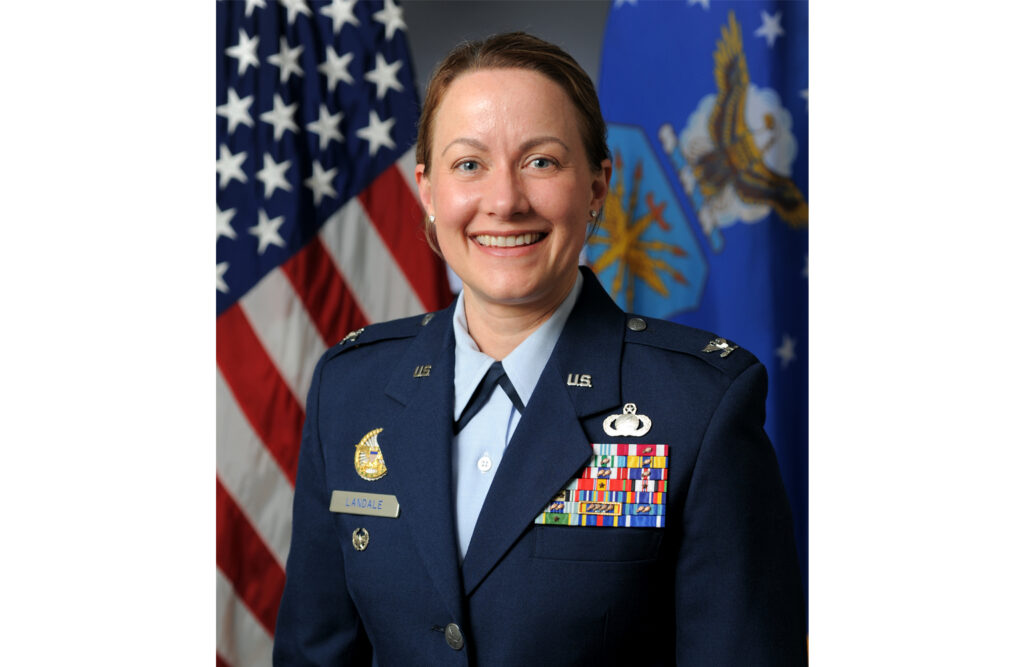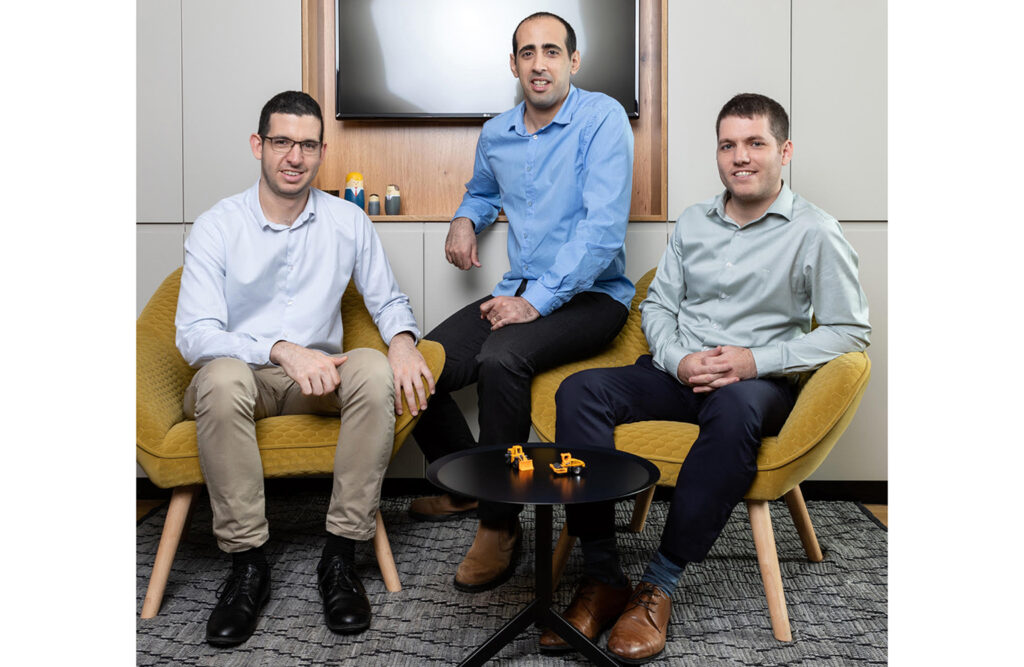
Discussing the Role of VC in the Department of Defense with Colonel Landale
This is a preview of Intel Capital's Public Sector Edition newsletter. Click here to subscribe.
At Intel Capital, we’re inspired to launch this newsletter to help focus the capabilities we, the venture capital arm of Intel, can provide mission-focused stakeholders to achieve better outcomes. The venture ecosystem is a powerful ally to the US Public Sector, and one with tremendous potential that is just starting to scratch the surface. We’re excited to embark on this journey of discovering and delivering leading technology together. We understand that we are only a piece of the puzzle; but, we’re excited to offer our support and act as a force multiplier toward the goal of achieving technology leadership.
Public Sector Observations from a Venture Capital Perspective:
We’ve been encouraged by developments over the last six months from the US Government tapping into the venture capital ecosystem to ensure that mission operators can access the latest critical innovative technologies. Some examples include increasing the responsibility of the Defense Innovation Unit (DIU) by elevating it to report to the Secretary of Defense, also the role out of Office of Strategic Capital funding programs, and other strategic sourcing programs like Accelerate the Procurement and Fielding of Innovative Technologies (APFIT).
One of the major challenges that we still see is the information gap on how to conduct due diligence on early-stage companies to ensure that the government is working with the best solution providers, as well as a comprehensive understanding of the capabilities that exist within emerging technology ecosystems. We believe this is important since at the requirements level it is hard to understand which companies have staying power. Also, technology moves so fast, it’s hard to keep a finger on who is capable of doing what.
This is why we have created an open-door policy so any program, acquisition leader or anyone responsible for market research can reach out to us to ask us what is happening on the ground in the areas we invest that align with critical technology areas (CTAs). Beyond investing in dual-use technology companies, Tier 1 venture capital firms are an incredible knowledge source to tap into for market research.
Let's connect and discover some of the possibilities. We are excited to enable the way you can leverage innovative technology companies to deliver better mission outcomes.
- Matt Stone & Reginald Johnson
Matt Stone is the Intel Capital Head of Public Sector Portfolio Development
Reginald Johnson is USAF Contracting Officer and Education with Industry (EWI) Fellowship
A Word with Colonel Karen A. Landale, Deputy Director of Contracting, Air Force Life Cycle Management Center

Q: Why is it important for the DoD to lean in with successful commercial technology vendors?
A: Simply put: the DoD does not have the budget to fund every capability we need to fight every warfighting scenario. The DoD used to fund a significant portion of research and development (R&D). In 1960, defense R&D accounted for 36% of global R&D spending. In the 1970s, we saw defense R&D decline rapidly as the DoD began to rely heavily on industry to fund R&D. We saw an uptick in defense R&D funding after 2001; however, our model still relies heavily on company-funded R&D. We need to shift the way we seek out, identify, and partner with commercial technology vendors, many of which are non-traditional vendors (i.e. those who have not done business with the DoD in the past). Accessing companies who are producing commercial technology that can also be used by the DoD is absolutely critical to staying technologically ahead of our pacing challenge, China.
Q: Why is VC important for the DoD? How do you think both can benefit from these partnerships?
A: VCs have their finger on the pulse of the emerging technology market and are constantly assessing and reassessing which companies are the “best bet” for their limited venture capital funds. VCs are best postured to help the DoD identify and link us to vendors that are developing the capabilities we’re seeking; help us focus our funding to the companies that VCs are backing (i.e. the “best bet” companies); and provide critical private capital to help finance dual-use capabilities. As large as the DoD is, our innovation arm (e.g., DIU, AFWERX, SOFWERX, etc.) is relatively small. VCs can save the DoD time and money by helping us cull through providers of emerging technologies to identify where our limited R&D funds—when matched to VC funds—can have the greatest impact. Speed-to-need is critical when it comes to emerging tech because there’s a limited shelf life on tech. In return, VCs get the benefit of the DoD’s strong backing for the most promising capabilities who can one day transition into a DoD program, access to DoD’s precious operational test capabilities, and a source of long-term, stable funding. When we do it right, this partnership provides a tremendous amount of ROI for both parties.
Q: How has the USAF looked to bring this expertise into the fold? Why was Intel Capital key to this?
A: The USAF prides itself on being a service that is never satisfied with the status quo. We are constantly looking for the “next best way” to achieve our goals. Standing up AFWERX was the USAF’s way of attracting new, non-traditional vendors who offer cutting-edge capabilities the USAF needs to Fly, Fight, and Win in any warfighting scenario. To support AFWERX, Air Force Contracting made connections with Intel Capital and other VCs and began sending our Education With Industry (EWI) Fellows to VCs to develop and deepen these partnerships. This was a change from our more traditional EWI model, which typically involved embedding Air Force Contracting Officers into more traditional defense companies. Our EWI Fellows embedded with VCs like Intel Capital are essential liaisons between USAF capability gaps/needs and VC investments in emerging technology companies.
Q: What would you recommend DoD/Gov stakeholders do to work successfully with VCs like Intel Capital?
A: I think we need to arm our EWI Fellows with a deep understanding of the capability gaps our Program Executive Officers (PEOs)—our Senior Leaders who are responsible for portfolios of programs that provide USAF warfighting capabilities—are experiencing. That way, when our EWI Fellows see a cool new technology, they will know whether or not it fills PEO’s capability gap(s). Further, we need to give our EWI Fellows a direct line to connect our PEOs to the non-traditional vendors who can fulfill a capability need. The DoD is so large—it can be hard for non-traditional vendors identified by VCs to understand where their capability “fits” into the larger DoD/USAF mission, and who they should contact to provide a demonstration. Our EWI Fellows can—and should—be that link. VCs help us identify the “best bets.” The DoD/USAF needs to help get the “best bets” in front of the PEOs who can make an investment decision.




